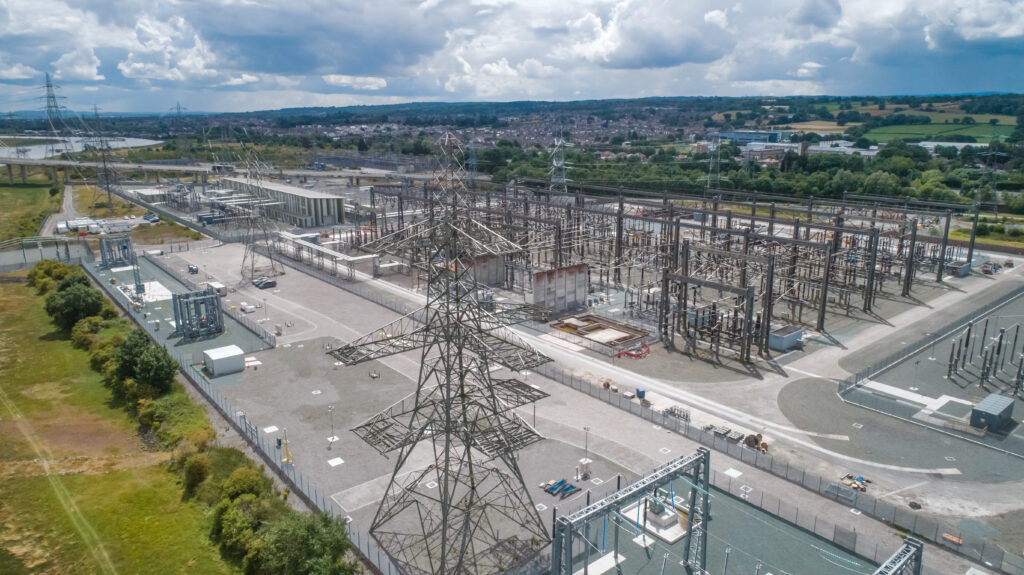National Grid ESO published its final recommendations for long-term grid connections reform yesterday (5 December) which will mandate the “first ready, first connected” approach.
Under the new proposals the ESO would implement a new connections process based on an early application window, which would have an indicative frequency and duration of 12 months, and two formal gates, to track project progression and hold developers to account.
By implementing this, ESO hopes to remove what is known as “zombie projects” from the transmission entry capacity (TEC) register. These are projects that often have stopped development but still maintain their place in the connections queue, meaning that under the old “first come, first served” approach, many projects further along their development timeline are held up.
As part of the new process, Gate 1 would provide connection offers based on a co-ordinated network design connection date, whereas Gate 2 would be used to determine queue position for projects within the application window and to accelerate viable and robust priority projects.
The new reformed process is set to apply to all new generation, interconnector and demand connection applications, as well as relevant projects that modify their connections application after the go live date for the new process.
The ESO will look to implement these changes by the start of January 2025, subject to the delivery of relevant modifications to the existing industry codes.
Alongside these measures, ESO has also announced its intention to create a new Connections Process Advisory Group from January 2024. The organisation stated that this would “enable (the) industry to steer the detailed process design and code modifications within the parameters set out in its final recommendations”.
ESO confirmed that the advisory group will also report to the Connections Delivery Board currently being established by Ofgem and the UK government.
Julian Leslie, head of networks and chief engineer at National Grid ESO said: “Our new reformed process will prioritise the connection of viable projects, reduce times to connect for new and existing projects, deliver greater benefits for consumers and speed up the delivery of the energy mix required to meet net zero.”
“These longer-term reforms will align with wider government and regulatory policy and ensure the connections process is flexible and future-proofed to support the future coordination of network design.”





